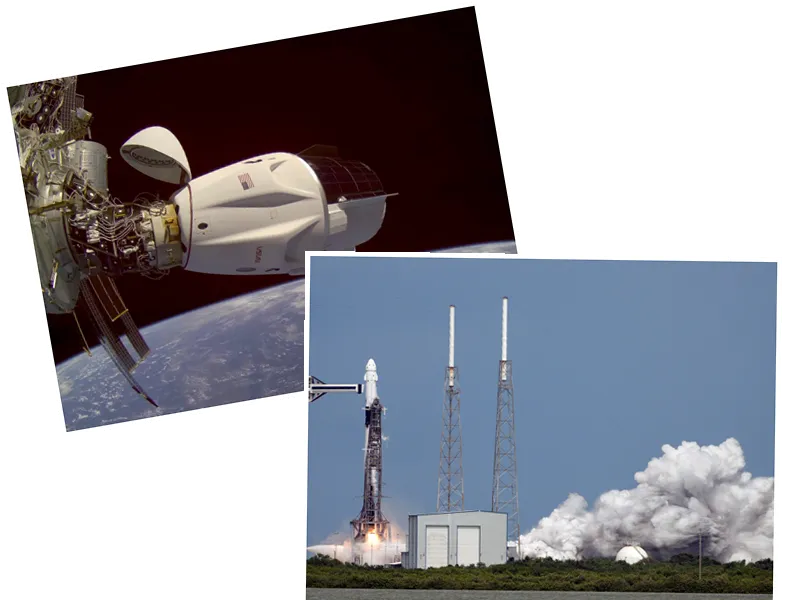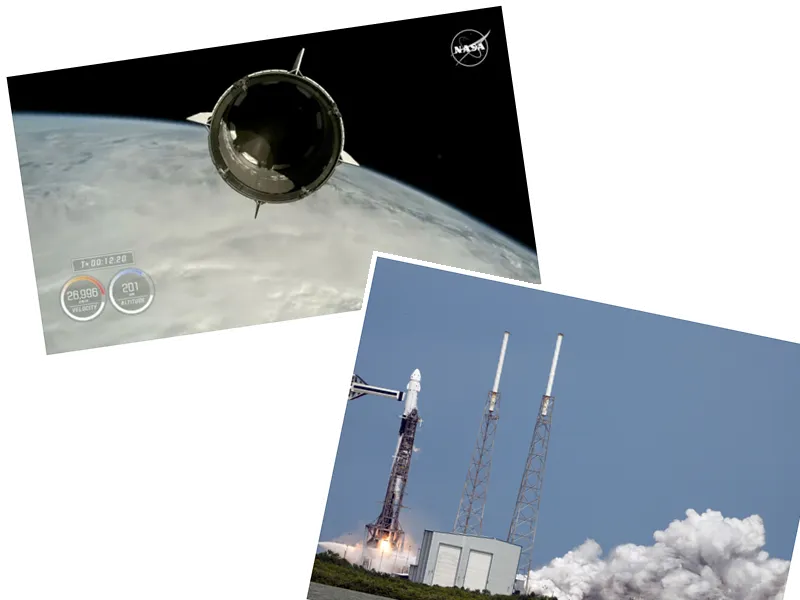SpaceX Achieves Historic Recovery of Starship's First Stage
On October 13, 2024, SpaceX marked a significant milestone in space exploration by successfully recovering the first stage of its Starship megarocket after a nearly nine-minute test flight. This groundbreaking achievement, which saw the Super Heavy stage being caught midair by mechanical arms known as 'the chopsticks', represents a pivotal step towards the reuse of heavy launch vehicles. The video broadcasted by SpaceX showcased the mechanical arms, installed on the launch tower, effectively immobilizing the Super Heavy stage upon its descent.
This ambitious test flight aims to demonstrate the potential for rapid reuse of rocket components, which is crucial for reducing costs and increasing the frequency of space missions. SpaceX's vision includes utilizing Starship for future missions to Mars and as a lunar lander for NASA's Artemis III program, set to return astronauts to the Moon by 2026.
The Evolution of Starship Testing
The recent test flight is part of a series of increasingly complex missions that began with basic hop tests in 2019. The latest test, the fourth in SpaceX's integrated flight campaign, follows a series of challenges, including a dramatic launch in April 2023 that ended in an explosion shortly after liftoff. Despite these setbacks, SpaceX has continued to push the boundaries of rocket technology, focusing on refining the recovery process for both the Super Heavy and Starship, which is essential for their long-term goals.
The Super Heavy rocket, measuring approximately 70 meters high, utilizes 33 powerful engines to propel the Starship spacecraft. The successful recovery of the Super Heavy stage is a critical step in SpaceX's strategy, leveraging their experience with the Falcon 9 rocket's booster recovery to streamline operations.
Future Implications for Space Exploration
If SpaceX's recovery efforts prove successful, it could revolutionize the way space missions are conducted. The ability to quickly refuel and reuse rockets could significantly lower the costs associated with launching cargo and crew into space, making deep space exploration more feasible. However, the stakes are high; any failures could jeopardize NASA's plans for lunar exploration and further delay the Artemis program.
Elon Musk, CEO of SpaceX, remains optimistic about the future of the Starship program, stating that while the goals may seem ambitious, they are achievable. With extensive modifications to improve the thermal protection system of the Starship spacecraft, the company aims to enhance its performance during reentry, which is crucial for its success in upcoming missions.





